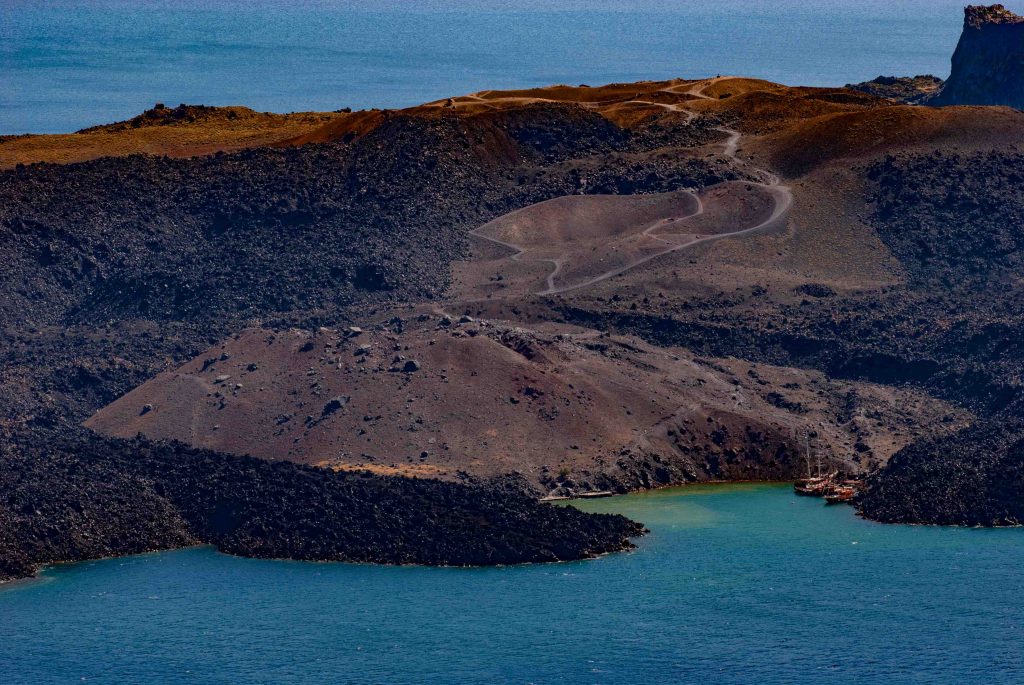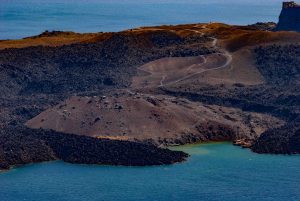An undersea volcanic eruption in 726 AD island off the island of Santorini (ancient Thira) is now believed to have been more powerful than originally thought.
According to an article in Nature Geoscience, researchers headed by University of Hamburg professor Jonas Preine discovered underwater pumice deposits at depths of up to 160 meters in the island’s iconic Caldera. The scientists were taking part in oceanographic mission 398 as part of the International Ocean Discovery Program.
The deposits were dated to 726 AD and correlate with historical accounts of an underwater eruption at the time.
Although the eighth-century eruption is well documented, it was considered minor until now. However, as the research team discovered, it produced a huge amount of pumice—enough, in fact, to cover the surface of the Aegean all the way to the coast of Asia Minor, more than 400 kilometers away to the East.
For decades, Santorini, which could well be the best-known sight in Greece after the Acropolis in Athens, has been associated with the legendary Atlantis, which started life as a fictional allegory in a work by the Athenian philosopher Plato.







